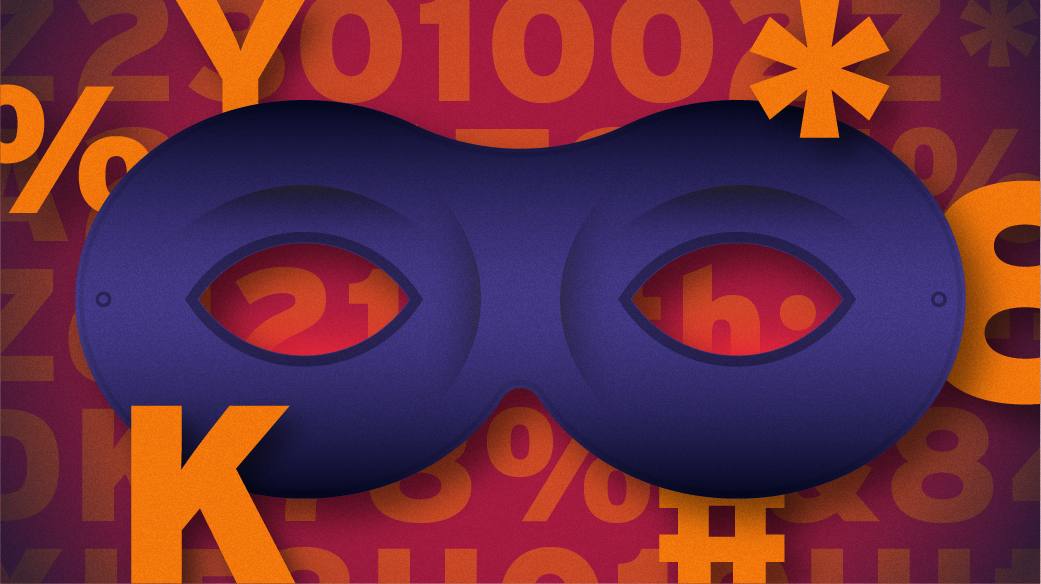The internet can be a dangerous place. Not a week goes by without a cyber attack taking place. Go H*ck Yourself: A Simple Introduction to Cyber Attacks and Defense by Bryson Payne shows you how many basic cyber attacks work, so you can learn to defend against them. Payne teaches how to perform a variety of hacks to show that they are easy to do.
The book’s eleven chapters begin with straightforward concepts, like using a browser’s inspect tool to make a password field display the password and gaining administrative access to a Windows or Mac using installation media. The third chapter explains how to use VirtualBox to create Kali Linux and Microsoft Windows virtual machines that will be used for the exercises in the following chapters.
Chapters four through ten dig deep into various hacks that can be used against you. Chapter four demonstrates what "Googling yourself" can reveal by entering your name into Google. A hacker could use this information against you. Chapter four also provides tips for writing advanced search queries to help you dig deeper with your searches. Chapter five deals with social engineering and teaches how to create phishing websites. It also shows you how emails are used for potential phishing attempts. Chapter six explains malware and viruses. It also shows how to write a simple virus and take control of a Windows computer. Chapter seven goes into stealing and cracking passwords. Chapter eight details web hacking, including Cross-Site Scripting attacks and SQL Injection attacks. Chapter nine touches on hacking Android mobile devices. Chapter ten concerns hacking automobiles. Each chapter is full of detailed, well-explained exercises that teach you what malicious hackers are trying to do and how to stop them from succeeding in their goals.
The book's final chapter, chapter 11, provides an overview of "ten things you can do right now to protect yourself online." These ten things reiterate the lessons taught throughout the book and are accepted "best practices" advice. Payne points out to the reader that they are a target. They need to be aware of social engineering attempts, and they should follow the advice presented throughout the book to protect themselves best. Chapters one through ten are fascinating and informative, but require some preexisting technical knowledge to get the most out of them. "Go H*ck Yourself" is beginner friendly, but not "I have no idea how a computer works at all" friendly. Chapter 11 is the chapter you can refer to for anyone in your life that needs help, even the relative who repeatedly asks to see if maybe this time that request for money from a seemingly friendly stranger is not a scam.
The book also has two appendixes. The first explains how to create a Windows 10 installation disc or flash drive. The second provides tips for troubleshooting VirtualBox. These two appendixes should help anyone with a modest background in computers figure out how to set up everything so they can perform the exercises in the various chapters.
In a world that has to contend with constant cyber threats, "Go H*ck Yourself" is a necessary read for anyone who spends any time on the internet. Payne's lessons will provide you with the tools needed to defend yourself and your friends and family from malicious hackers who are up to no good. Because the book is a technical book with hands-on exercises, it is not an ideal read for those who most need the lessons the book imparts. Anyone with a basic grasp of tech know-how should pick up this book, read it, apply its lessons in their own life, and share the knowledge they learned.






1 Comment